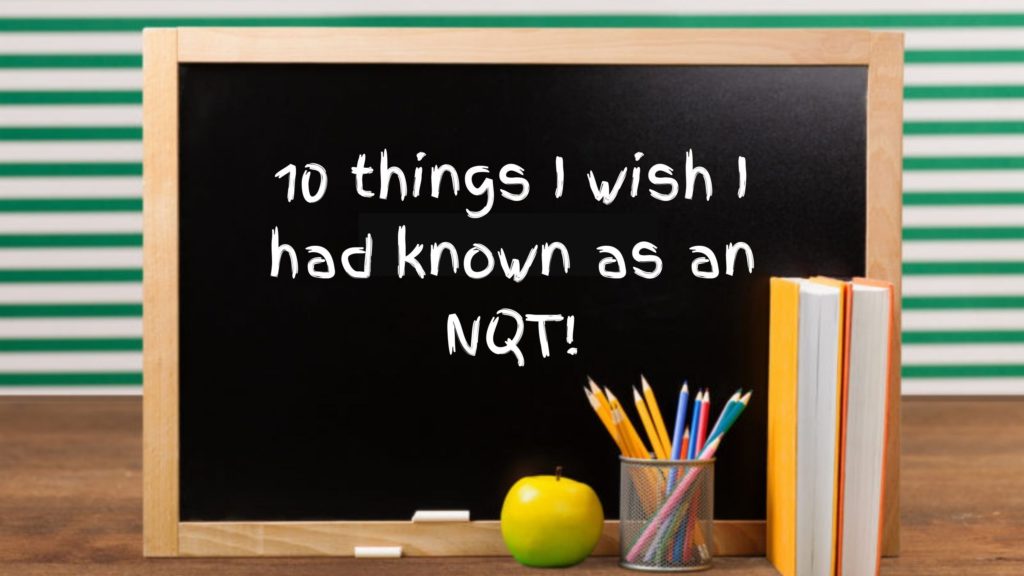The Sound of Silence : non-verbal communication

The power of non-verbal communication is a well-documented and explored topic. From FBI agents to relationship therapists to Fortune 500 companies, everyone knows how important our silences can be.
When dealing with a bustling, boisterous classroom, it can be so tempting to try and conquer the wall of noisy children by trying to climb over it; you become noisier and louder yourself in an attempt to subdue the energy that’s being exhibited around you.
The ‘honeymoon’ period of the new school year, when we are building new relationships with our students (and colleagues!) can be the perfect testing ground for some non-verbal communication techniques to help you effectively manage your classroom and create an environment that is calm and efficient. And of course, protect your voice!
Joe Navarro, former FBI special agent and author of multiple books on the subject, emphasises that the devil really is in the detail – creating trust and confidence in any situation comes down to small, yet significant techniques, used carefully.
1. Gestures
Just like a traffic warden or aeroplane marshal, large physical gestures, clearly introduced and repeated are a great way to give instructions. A raised arm or distinctive clap is just as effective in signalling a class to give you attention as a verbal call to do so.
2. Proximity
The physical space between you and your students impacts the degree to which they will respond to an instruction. A distracted child can often be guided gently back to their work simply by standing next to them, without saying anything. Similarly, a display of trust can be exhibited by acknowledging that you are giving a particular student ‘space’ to demonstrate your desired behaviours and placing them at the opposite side of the room to you.

3. Eye-contact
Next time you have a chatty child whom you wish to stop talking, try simply fixing your gaze in their direction. Try not to glare and keep your expression neutral of course! Even if they don’t see you, those around them will. We so rarely hold eye contact in one position that when we do, it has a transfixing effect the subject of our focus!
4. Chronemics
A fancy word meaning the use of timing or pauses. For many teachers, when they ask for silence or give an instruction, the temptation can be to repeat that request several times until it is achieved. Next time you find yourself in that situation, pause. Give the instruction; then wait. Continue waiting. Wait some more. The silence will quickly create a vacuum that the students will react to, usually by falling silent themselves.







Responses